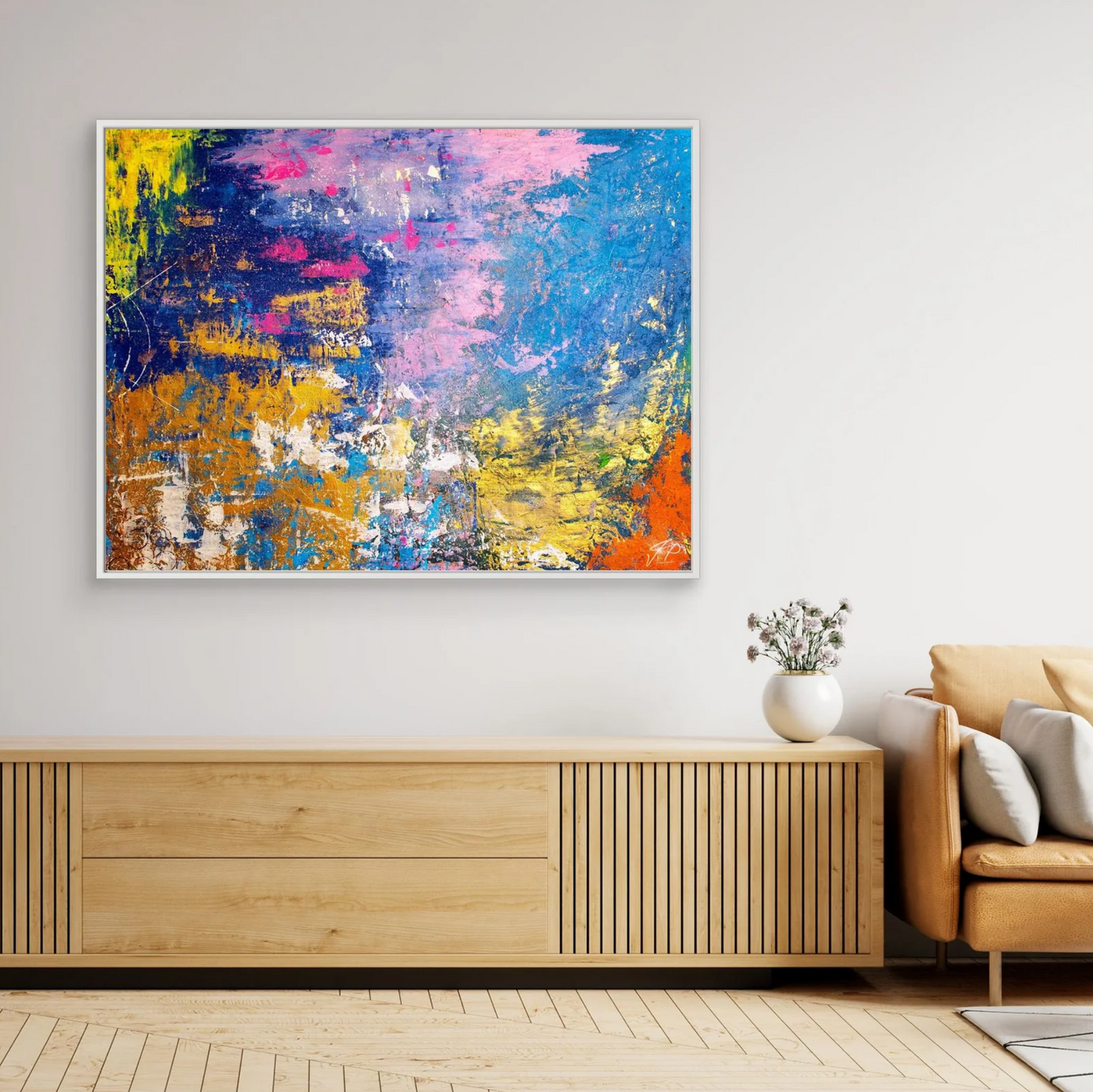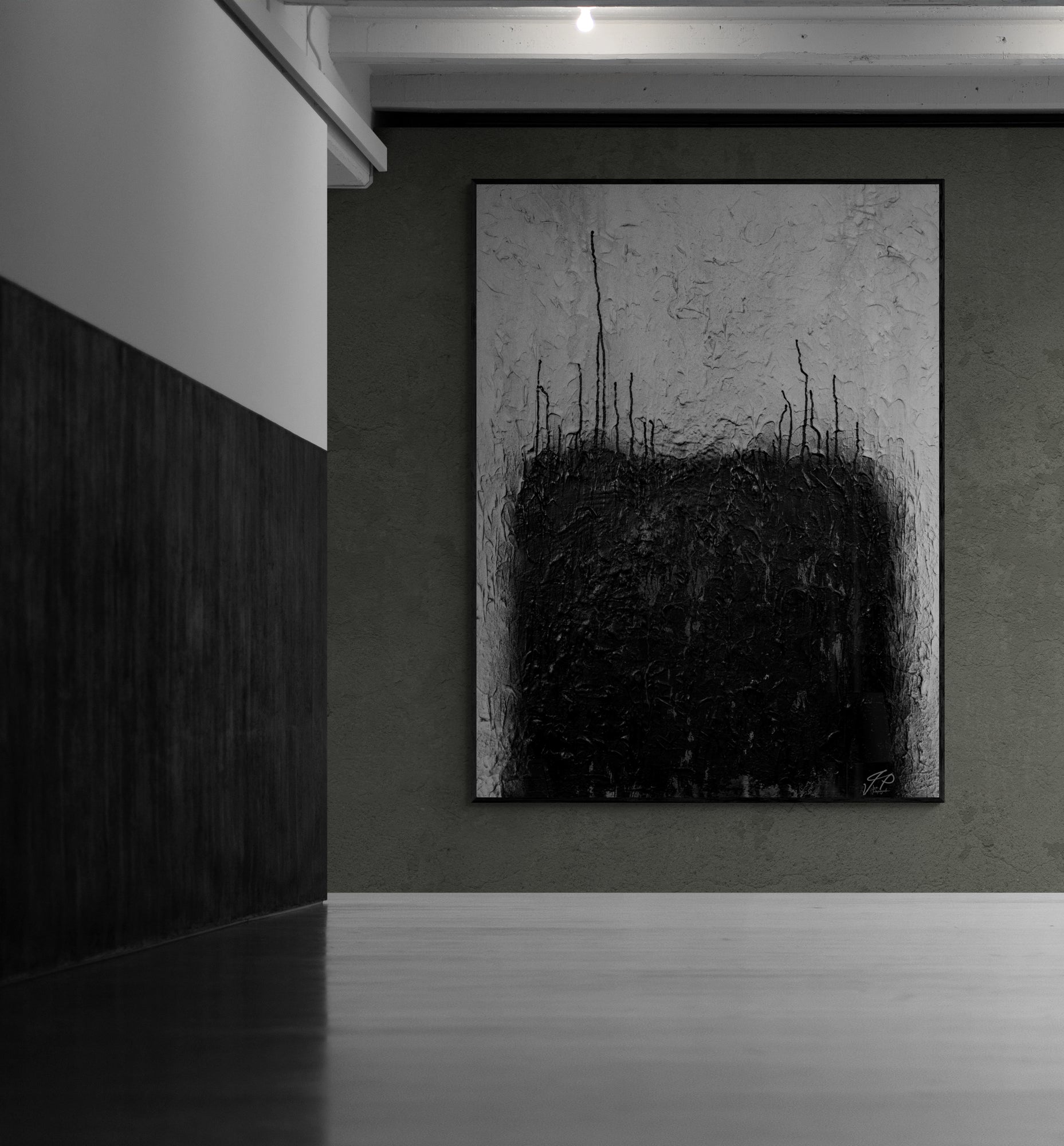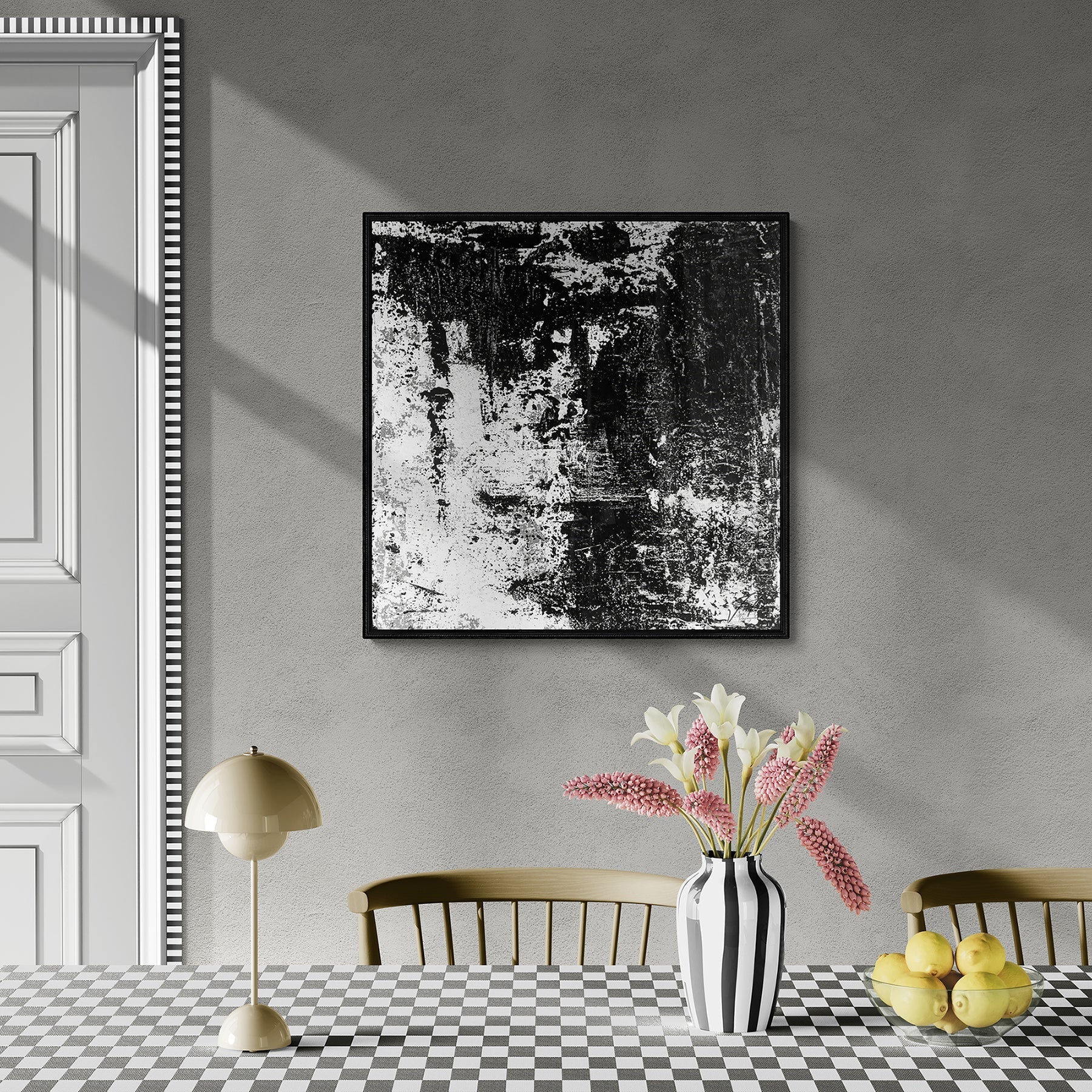Mixing modern art with older interior styles might seem tricky, but it’s actually a fun way to make your space feel more personal. When your home has classic touches like wood furniture, crown molding, or patterned upholstery, abstract art can bring in a fresh twist without clashing. It helps create a dynamic environment where contrasting styles work together, rather than fight for attention. When done thoughtfully, the result feels relaxed, layered, and completely unique to you.
Joe Papagoda’s work makes this kind of design mix easier to achieve. His abstract pieces carry color and emotion that communicate without needing a clear subject. By working across various mediums and styles, such as fine art photography, large abstract painting, and other styles of painting, he creates artwork that speaks across styles and mediums. Whether it's a bold canvas above a fireplace or several small works arranged along a hallway, abstract art by Joe Papagoda adds warmth and movement to traditional interiors.
Understanding Abstract Art
Abstract art doesn’t try to look like people, objects, or places you recognize right away. Instead, it focuses on emotion, using color, texture, and shape to set a mood or pull out a feeling. That mood can range from stormy and strong to quiet and serene, depending on how the artist handles the elements. It isn’t about accuracy or realism. It’s about experience.
What makes Joe Papagoda's artwork stand out is how it blends bold visual rhythm with softer emotional undertones. While traditional painting focuses mainly on brushstrokes, Joe uses combinations of soft acrylic paints (using archivable and the best quality acrylic paints by either Golden Artist Colors, Liquitex, or Winsor & Newton), with heavy body acrylic paints, often thinning them to create an almost new viscosity of paint. Joe often then blends on spray paint over the wet paint to create subtle merges of color. The outcome is a canvas that feels multi-dimensional and one of a kind. You won’t find clear outlines or portraits in much of his abstraction, but you will find depth and energy that speaks differently to everyone who looks.
That personal reaction is part of abstract art's charm. One person may see a meditative sunrise. Another might sense movement or stillness. Because it leaves so much open, abstract art allows a space to feel more alive and able to grow with your personality. When combining it with traditional décor, this openness delivers contrast that feels natural instead of jarring. There’s no pressure to match every frame or fabric. The only goal is to make it all feel true to how you live.
Complementing Traditional Décor With Abstract Art
Bringing abstract art into a room with classic furniture and architectural details might sound tough, but it doesn’t have to be complicated. The key is finding a sense of flow—making the two styles feel like they belong in the same conversation, even if they come from different eras.
Here are a few tips to help find that balance:
- Stick to a color family: Choose pieces with colors that work with what’s already in the room. You don’t need exact matches. Think instead about tones that play nicely together, like pairing soft gray in a painting with the stone in a fireplace.
- Use texture intentionally: Traditional furniture often has strong material presence—dark wood, carved legs, draped fabrics. Choose abstract pieces that add lightness through texture or layered surfaces. Joe Papagoda’s paint and background techniques do this well.
- Pay attention to visual weight: If you've got large, heavy dining furniture or dark-paneled rooms, introduce abstracts that add brightness or fluidity. This helps the room feel less dense.
- Group pieces with care: Instead of placing abstract pieces sporadically, keep them in one defined area—perhaps one wall in a living room or a section of a staircase gallery. This anchors their presence and gives the eye a chance to move between styles without confusion.
A good example is a vintage-inspired dining room with a rich, wooden table and deep red drapery. Hanging a colorful abstract with cool tones, like cream or slate blue, provides visual space while adding modern interest. It doesn’t interrupt the heritage feel—it updates it.
When done thoughtfully, abstract art doesn’t conflict with tradition. It refreshes it. Each style supports the other, leaving space for both history and boldness to coexist.
Placement And Presentation
Selecting the right piece is just part of the equation. Where you place it can shift how the entire room feels. Traditional spaces often have plenty of built-in character—from crown molding and wood paneling to statement mirrors and furniture with strong silhouettes. To give abstract art room to shine, positioning is everything.
Start by spotting your room’s main features. In living rooms, fireplaces often lead. So placing an abstract piece above the mantel draws the eye without competing with the architecture. In other cases, think about walls that need energy or areas that lack movement. A well-placed abstract canvas can completely shift how that space breathes.
Framing is another smart tool. Abstract art by Joe Papagoda often comes with natural or clean edges that don’t need much extra. Still, a thin frame in black, gold, or light wood may help bridge the art to its surroundings. Avoid baroque or heavily carved frames—these are more likely to fight for attention in an abstract setting.
Here are some quick placement tips:
- Center large artwork above strong furniture pieces like buffets, beds, or couches. Let the painting lift the space rather than compete with it.
- Use vertical compositions in long hallways or entryways. They help draw the eye up and bring in a sense of structure.
- Pair paintings with classic elements like antique mirrors or vintage lighting. The contrast will highlight both the age and freshness of each item.
- Give space around the work. Negative space helps abstract art breathe and reduces visual clutter.
When presented well, Joe Papagoda’s abstract pieces look like they were made for traditional rooms. They interrupt the heaviness just enough to bring the space back to life without taking away what made it special to begin with.
Maintaining Harmony In Your Home
Design isn’t a one-time thing. Your tastes grow. Rooms change. That’s part of the fun. So once you’ve added abstract art into your setting, think of it as the beginning of how your space grows with you—not the final step.
Keep balance going by tuning other parts of the room. If the abstract work is colorful and loose, cushion it with neutral throws or soft textures elsewhere. If your chairs have deep tones or formal shapes, contrast that with rugs or wall tones that feel lighter.
A few other ways to keep harmony strong:
1. Stay in the same tone: If one piece feels calm or airy, pick new artwork that shares that vibe. You want flow, not friction.
2. Look at adjacent spaces: If your dining room connects to the living room, let the art talk to each other. They don’t have to match—but a shared tone, texture, or color string pulls the home together.
3. Rotate with the seasons: Swapping one artwork for another in fall or spring gives you new energy without buying new furniture. Let the artwork reflect how you want to feel in your space.
Art has an impact over time. It doesn’t roar, but it hums. One well-placed piece can shift how a whole room feels. And when your art grows with the rest of your surroundings, your home becomes more personal without needing big overhauls every year.
Bring Abstract Art By Joe Papagoda Into Your Home
Marrying abstract art with traditional home decor is about finding flow, not hurrying to fit it all together. Moments of contrast—the warmth of old hardwood floors next to a cool abstract canvas—make the room feel beautiful, lived-in, and alive.
Joe Papagoda’s artwork, built on layers of emotion and technique, slips naturally into homes that already carry their own stories. These pieces don’t need to match what’s hanging nearby. They just need to mean something. When chosen thoughtfully, they help you tell a story that’s both grounded in tradition and open to change.
Add timeless elegance to your traditional interiors with a modern touch through modern art by Joe Papagoda.
Joe's stunning pieces create a harmonious blend of classic charm and contemporary expression, making your space feel both grounded and refreshed. Explore the collection at ArtFinest to find a piece that perfectly complements your home’s personality.



